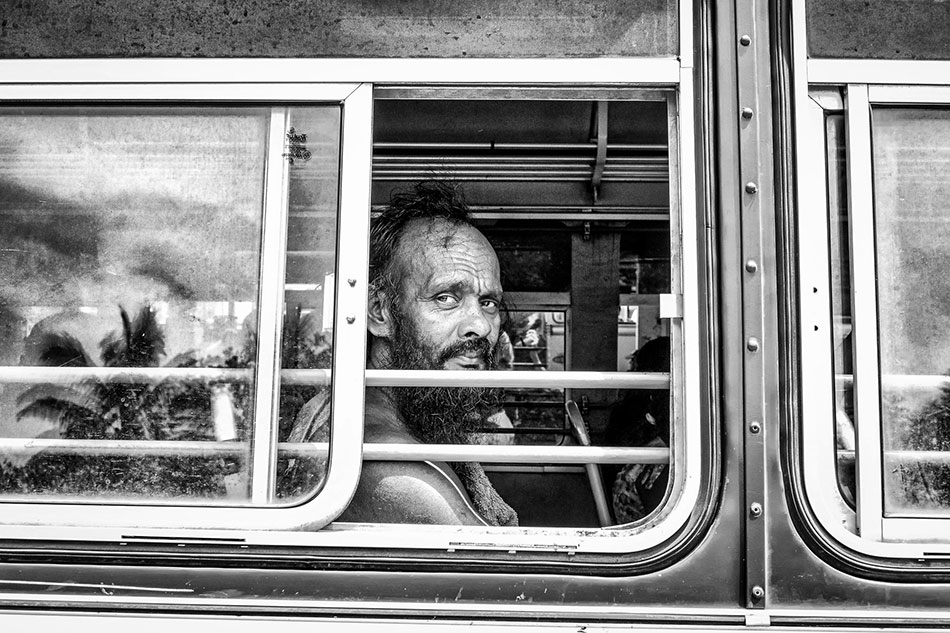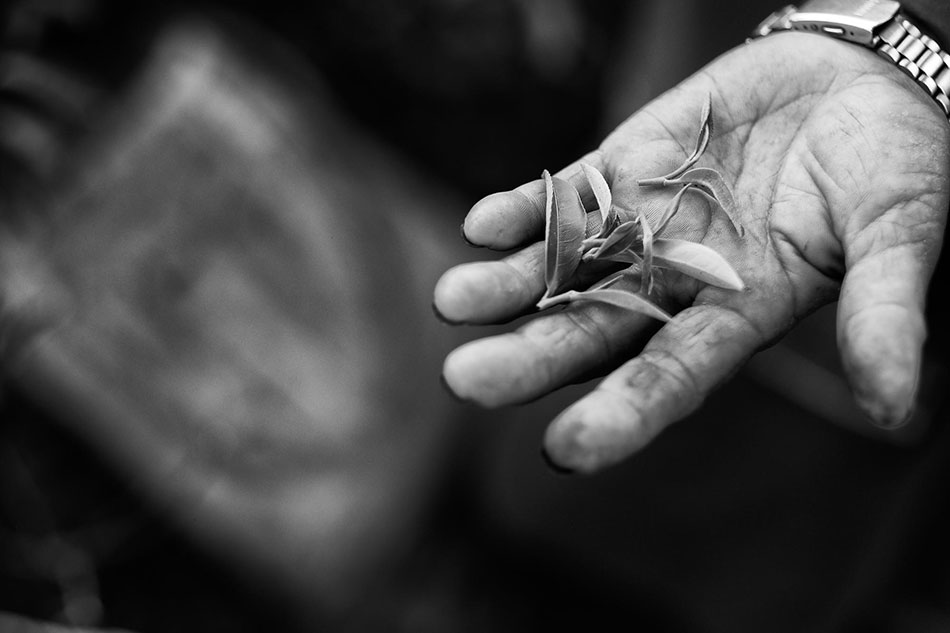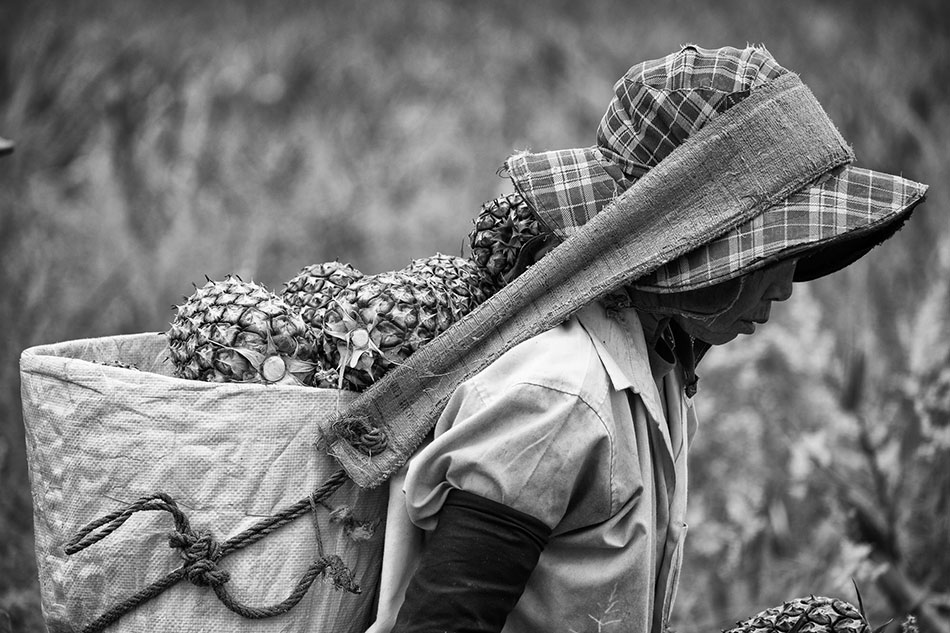JOSÉ JEULAND | The ultimate question of Black & White

The ultimate question for both young and professional photographers when they photograph with a digital camera for personal use usually is: Should I keep this picture in color or black and white? The truth is, for a very long time, there was no such option. Back then, we had to color the print with actual color paint (literally), but times have changed, and technology has evolved. Today, some artists are doing incredible digital colorization of black-and-white photos.
It is interesting because many like to use black and white for documentary purposes – mostly being able to trigger emotions like no other. The same theory goes for the reverse. By turning black and white photos into color, it brings about sentiments worth feeling.

Two years ago, Brazilian artist Marina Amaral, digitally colored old photographs from the Auschwitz extermination camp with incredibly realistic color tones. One of the images featured a young girl, at the age of 14 years, not only to be seen as a historical archive, but the colors used allowed us to see the real person as she is. Needless to say, the picture went viral, and everyone felt a deep sense of affection. At the end of the day, a picture accurate to its form will always look great, whether or not it is in color or black and white.
For a very long time, the black and white effect was my favorite way of editing, and it truly showcased my love for photography – it is easy and intuitive. I struggled quite a fair bit at the beginning trying to put color into my photographs. That said, with more years of experience, it has become rather natural for me, and I do my best to showcase just as many motions in either direction I take on.
I will be sharing some of my documentary pieces that are in black and white.
VEDDA

One of them was about the minority indigenous tribe in Sri Lanka.
In 2016, I was on my way to visit an eco-lodge, and while I was on a local bus, I bumped into someone with just a sarong at the bottom, an axe on his shoulder, and a mobile phone in hand. It was the chef of the Vedda tribe that we were going to visit later that afternoon. Originally hunters and gatherers, the Vedda in Sri Lanka is a hunting game that involves weapons like bows and arrows, used to gather wild plants and honey for food. Their diet is rich in meat such as venison being one of their favorite staples.

Archeological and anthropological studies have shown that the Vedda date as far back as the stone age. Naturally, the Vedda found it challenging to escape the long arm of modern influence back then.
Generations before, they were living in caves. These days, they have little huts or tiny houses.
The chef showed us around and taught us about their living conditions. We met other Veddas, who were involved in various activities, and one of them was even building a house for his younger son.
I personally felt that black and white images were the best fit for this series. I intend to revisit their homes to put together a documentary series on those I’ve grown to admire truly.

PLANTATION CHIANG RAI

In 2015, I hurried on the roads with my scooter in the countryside of Chiang Rai to photograph the workers at various plantations that produce tea, pineapple, corn, rice, and more. It was indeed an exciting experience to see people of different tribes come together to work in the fields.


